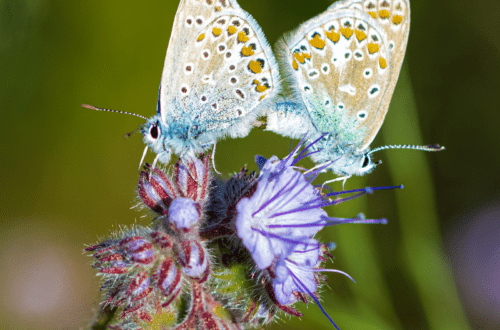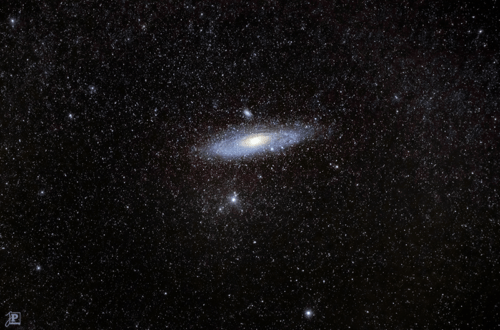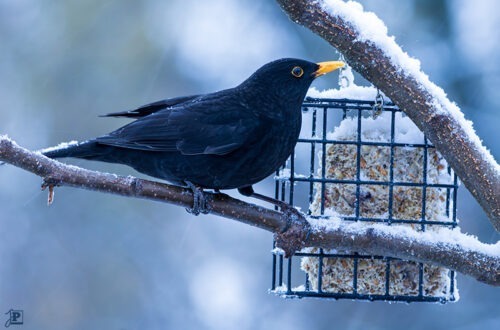Visit to the Reptile House
The first photo course in the Vivarium, the small but nice zoo in Darmstadt, had been so much fun for me, it was immediately clear that I wanted to repeat that occasion. And so, a visit to the reptile house was on the agenda in January 2019.
Photo course at the zoo, take two
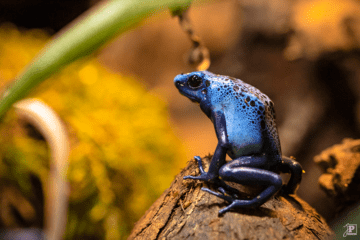
The first photographic visit to the Vivarium was in May 2018. In perfectly sunny weather, the course covered the outdoor enclosures of the turtles, tapirs and coatis. Unforgettable were the shenanigans of the squirrel monkeys. The main objective of this excursion was the use of short focal lengths (wide angle or fisheye), as well as using the flash in backlit situations.
For the second course I didn’t just want a repetition, but a different focus. And there was a suitable offer. In winter, the photo courses take place inside the well-heated reptile house, independent of the weather. Of course, there was again expert guidance by a professional animal photographer as well as the animal keepers of the Vivarium. Thus, you not only learn a lot about how best to take pictures there, but also about what you have right there in front of your lens.
Not only was the environment different this time, but the assignment as well. The goal was to use long focal lengths, i.e. macro and telephoto lenses. The flash was also to be used, to supplement the artificial lighting of the terrariums and to set accents.
At some stations, the on-site staff made it possible to photograph the animals present without a disturbing pane of glass in between, as the corresponding terrarium was either opened or could even be entered. At the other stations, there were tips and tricks on how to best avoid disturbing reflections in the glass. For this purpose, the long focal lengths as well as the flash proved to be helpful – at least with the rather small subjects found here.
Amphibians and reptiles
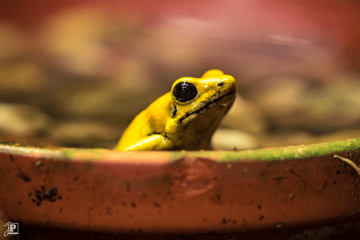
After the usual introduction at the beginning of the course, we went to the reptile house. Since this house is exclusively home to poikilothermal animals, it is snugly warm inside. In January, this required adaptable clothing. The first subjects were the lizards in the bright entrance area of the house. No flash was necessary here, but there were helpful tips on how to use the macro lens, or how to generally use long focal lengths to get good shots of small details.
In the main area of the reptile house, the public area is kept rather dark, with black walls and dimmed lighting, while the individual terrariums are very brightly lit. This means that there are hardly any distracting reflections on the glass panes. In addition, for the same reason, the invitation to the course had explicitly advised people to wear dark, ideally black, clothing.
We started with the blue poison dart frogs. Since these frogs would rather run or climb, but hardly jump, the separating glass pane was opened here, and one could get very close to the animals. Just touching them would not have been a good idea; bright colors rarely mean anything good in nature in such cases.
The small yellow neighbors right next door were much more lively and therefore the glass pane had to be overcome photographically. In this case, the lens is placed directly on the glass, and the subject behind it is brightened with the flash held at an angle. Thus, less ambient light comes into the camera, further diminishing any reflections in the glass.
Numerous frogs, lizards, snakes, grasshoppers, and other animals, sometimes almost perfectly camouflaged and sometimes screamingly colorful, offered countless attractive subjects and opportunities to put what we had learned directly into practice. The highlight at the end was the enclosure of the bearded dragons. Their terrarium is larger than a phone booth, so you can even go inside. This grants enough freedom of movement that you can also look for a nice background. At the same time, the small, calm dragons are curious enough to keep a constant eye on you – and thus, conveniently, always look into the camera.
The result
This photo required almost no post-processing – the pose of the bearded dragon, the lighting of the terrarium for the background, and the flash as a spotlight on the lizard just fit “out of camera” already.
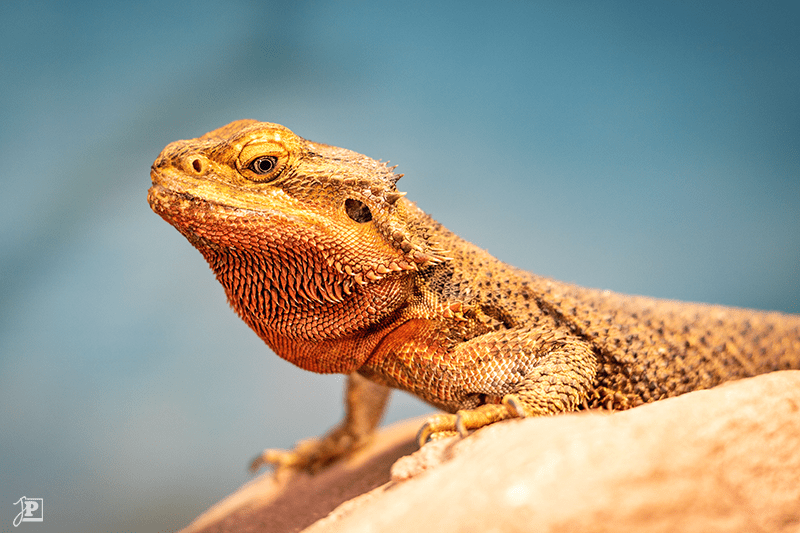
This detailed portrait in blue and orange can be found in my 2020 calendar for the month of March.



